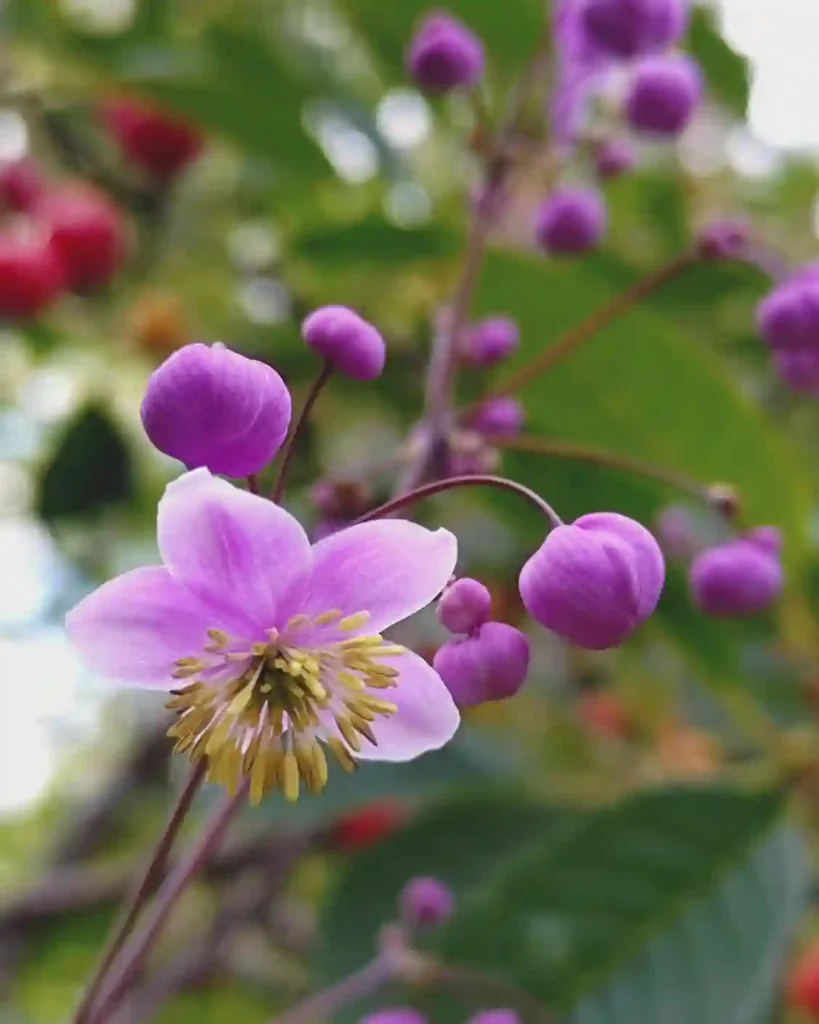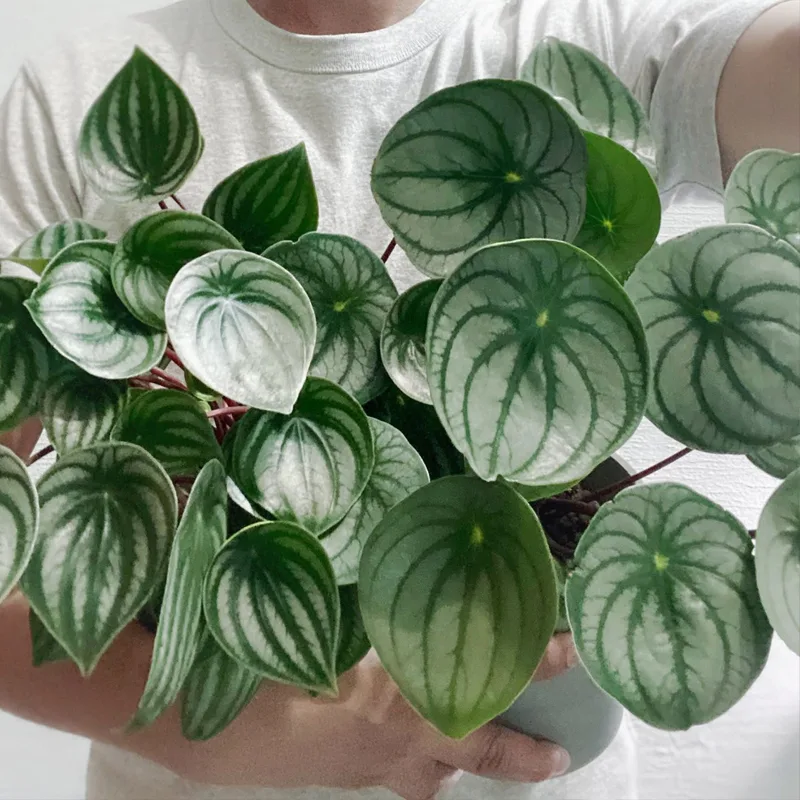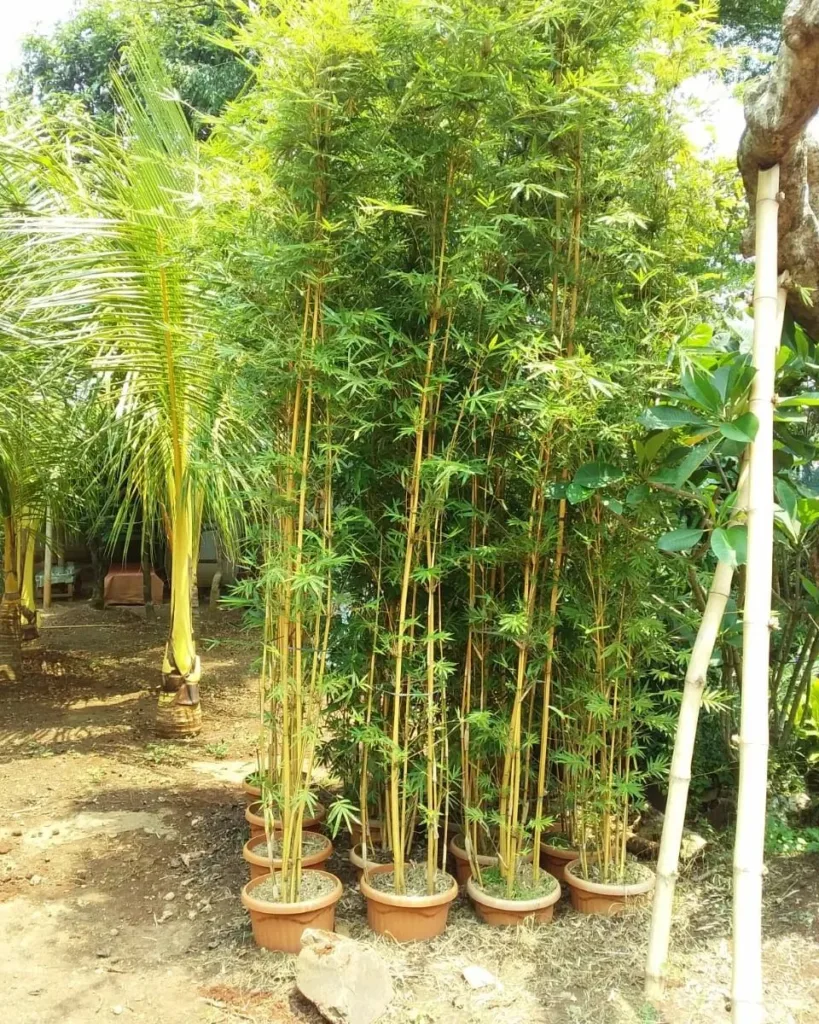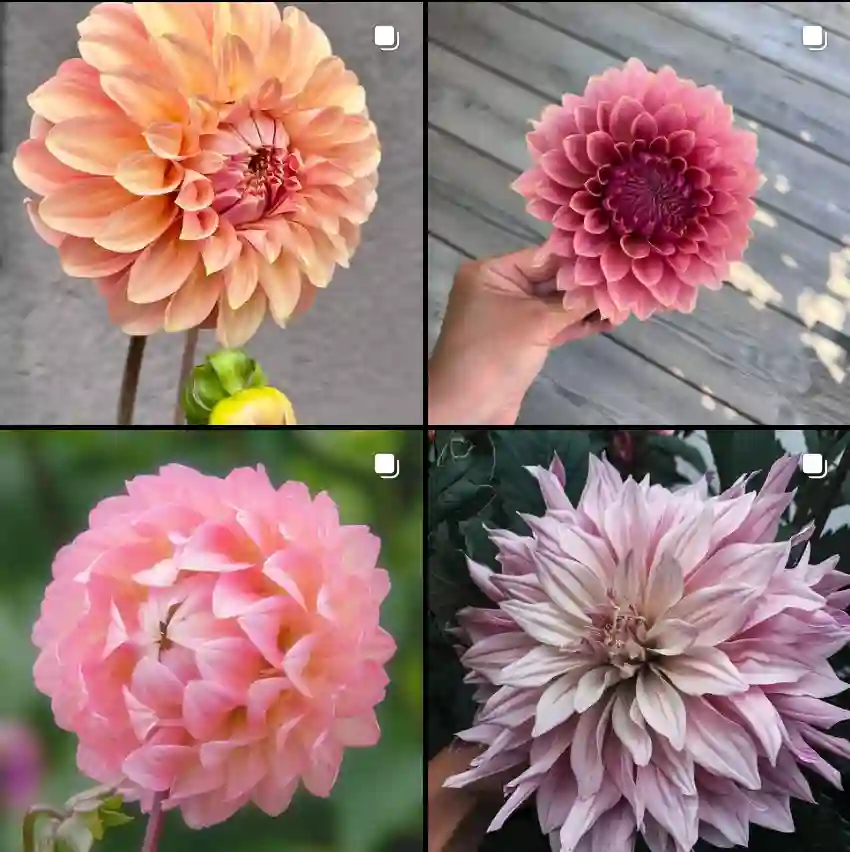FAQs About Schlumbergera Opuntioides
When I first encountered Schlumbergera Opuntioides, I was intrigued by its unique appearance and care needs. This fascinating plant, often confused with other cacti, has its own set of quirks and requirements. Here’s a comprehensive guide based on my experiences and research to answer some common questions about Schlumbergera Opuntioides.
7 Species in Genus Schlumbergera
What Is Schlumbergera Opuntioides?
Schlumbergera Opuntioides is a member of the Schlumbergera genus. Unlike its more common cousins, this species has a distinctive appearance resembling an opuntia cactus, which is why it’s sometimes referred to by this name. Originating from Brazil, this plant is known for its segmented stems and colorful blooms. It’s not a true cactus but rather a tropical epiphyte that thrives in the understory of rainforests.
How to Care for Schlumbergera Opuntioides?
Caring for Schlumbergera Opuntioides requires attention to its specific needs. Here’s a breakdown of the essentials:
- Light: This plant prefers bright, indirect light. Direct sunlight can scorch its leaves, while too little light can lead to sparse blooming.
- Temperature: It thrives in temperatures ranging from 60°F to 75°F (15°C to 24°C). Protect it from cold drafts and sudden temperature changes.
- Watering: Keep the soil consistently moist but not waterlogged. Allow the top inch of soil to dry out between waterings. Overwatering can lead to root rot.
- Humidity: As a tropical plant, it enjoys higher humidity levels. Consider misting it regularly or placing it on a humidity tray.
- Soil: Use a well-draining potting mix, ideally a blend designed for orchids or epiphytic plants. This prevents water from sitting around the roots.
How to Propagate Schlumbergera Opuntioides?
Propagating Schlumbergera Opuntioides is relatively simple and can be done through stem cuttings. Here’s the process:
- Select a Healthy Segment: Choose a healthy stem segment with at least three segments (joints).
- Cut and Dry: Using a clean, sharp knife or scissors, cut the segment from the plant. Allow the cut end to dry for a few hours to form a callus.
- Plant the Cutting: Plant the calloused end of the cutting into a small pot filled with a well-draining potting mix.
- Water Lightly: Water the cutting lightly and place it in a bright, indirect light location.
- Wait for Roots: Roots should develop within a few weeks. Once established, you can transplant the new plant into a larger pot.
What to Plant With Schlumbergera Opuntioides?
When choosing companion plants for Schlumbergera Opuntioides, consider plants with similar light and water requirements. Some good choices include:
- Fern Varieties: Boston Fern or Maidenhair Fern complement the humid conditions and add lush greenery.
- Orchids: Their care needs align well, and their blooms can provide a beautiful contrast.
- Peperomia: Compact and low-maintenance, Peperomia varieties work well in the same environment.
Is Schlumbergera Opuntioides Toxic?
No, Schlumbergera Opuntioides is not considered toxic to humans or pets. However, while it’s safe, some people might experience minor skin irritation from handling it, so it’s always a good idea to wash your hands after touching the plant.
Benefits of Growing Schlumbergera Opuntioides
There are several benefits to growing Schlumbergera Opuntioides:
- Aesthetic Appeal: Its unique appearance and vibrant blooms can enhance any indoor space.
- Low Maintenance: Once established, it requires minimal care, making it ideal for busy individuals.
- Air Purification: Like many indoor plants, it can contribute to improved air quality by adding moisture to the air and potentially removing toxins.
Common Problems and Solutions
Here are a few common issues with Schlumbergera Opuntioides and how to address them:
- Leggy Growth: If the plant becomes leggy, it’s usually due to insufficient light. Move it to a brighter location.
- Dropping Buds: This can be caused by temperature fluctuations or inconsistent watering. Ensure stable conditions and a regular watering schedule.
- Root Rot: Overwatering is the primary cause. Ensure the pot has good drainage and let the soil dry out between waterings.
Comparing Schlumbergera Opuntioides to Other Plants
Sometimes, Schlumbergera Opuntioides is confused with other plants, like:
- Schlumbergera Truncata: Known as the Thanksgiving Cactus, it has similar care requirements but different bloom timing and stem structure.
- Rhipsalidopsis (Easter Cactus): Also part of the Schlumbergera family, it’s distinguished by its different flowering period and leaf structure.
In summary, Schlumbergera Opuntioides is a delightful plant with unique characteristics and relatively easy care requirements. Whether you’re a seasoned plant enthusiast or a novice, understanding its needs and potential issues can help you enjoy its beauty for years to come.
If i die, water my plants!



